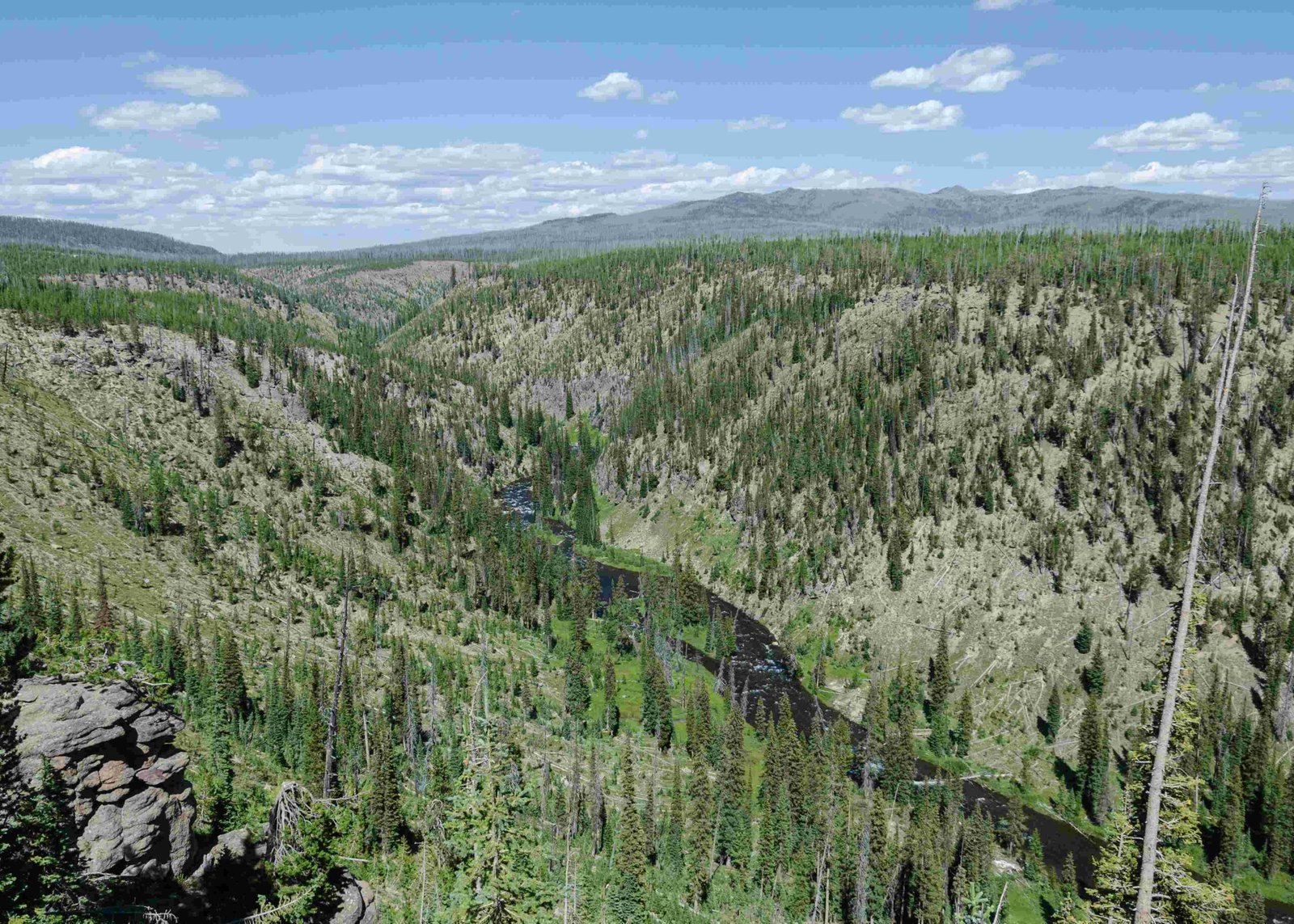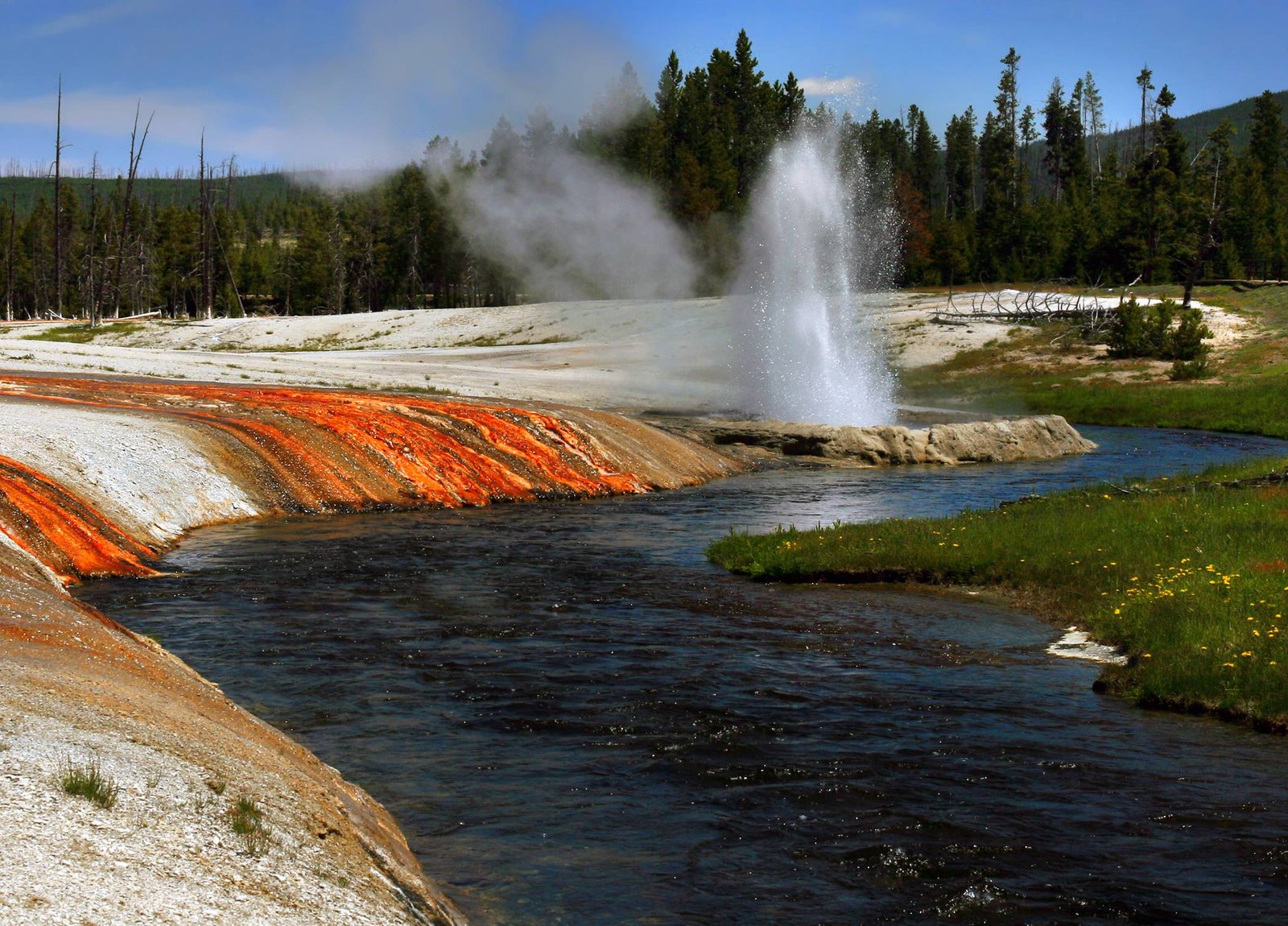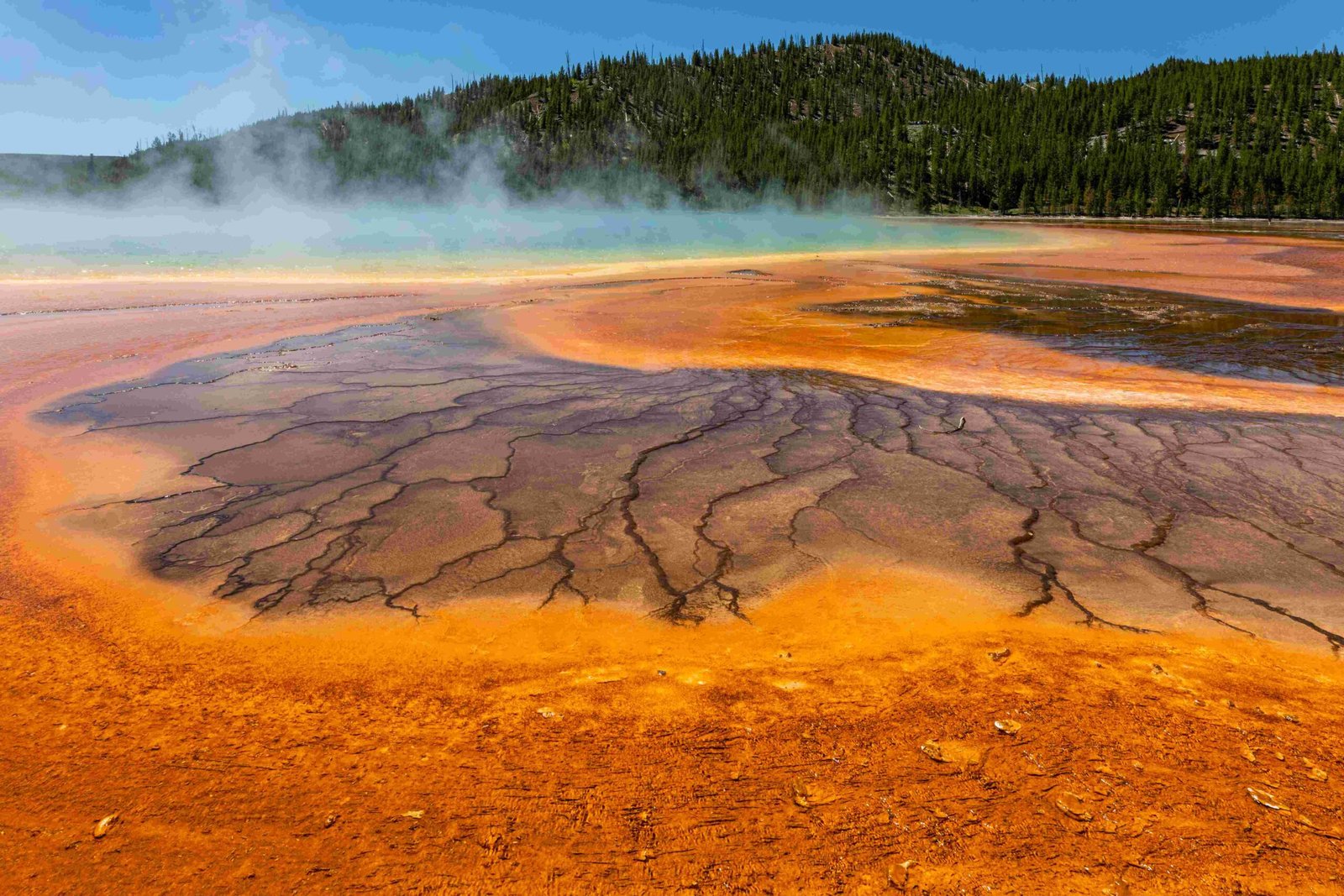Yellowstone National Park’s winter climate is characterized by harsh, variable temperatures and significant snowfall. With average daytime temperatures ranging from 0°F to 20°F (-18°C to -7°C) and nighttime temperatures often dropping below 0°F, the park experiences extreme cold. Snowfall averages 150 inches (381 cm) annually, with higher elevations receiving up to 400 inches (1016 cm). This unique climate creates a challenging yet breathtaking winter landscape.
What Are the Average Temperatures in Yellowstone During Winter?

Winter in Yellowstone National Park brings frigid temperatures that can be both exhilarating and dangerous. Here’s a breakdown of what you can expect:
- Daytime temperatures: 0°F to 20°F (-18°C to -7°C)
- Nighttime temperatures: Often below 0°F (-18°C)
- Record low: -66°F (-54°C) on February 9, 1933, at the West Entrance, Riverside Station
It’s important to note that these temperatures can vary significantly depending on elevation and specific location within the park. Higher elevations tend to experience even colder temperatures.
How Much Snow Does Yellowstone Receive in Winter?

Snowfall in Yellowstone is substantial and plays a crucial role in shaping the park’s winter landscape:
- Average annual snowfall: 150 inches (381 cm)
- Higher elevations: Up to 200-400 inches (508-1016 cm)
- 24-hour accumulation: Regular accumulations of 12 inches (30.5 cm) are common
This heavy snowfall creates a winter wonderland but also presents challenges for visitors and wildlife alike.
What Are the Typical Winter Climate Patterns in Yellowstone?
Yellowstone’s winter climate is characterized by:
- Rapid temperature fluctuations
- Frequent winter storms
- Overcast or mostly cloudy conditions (about 58% of the time)
- Possibility of rain, snow, or clear skies in any month
These patterns contribute to the park’s dynamic and sometimes unpredictable winter weather.
How Does the Winter Climate Affect Park Accessibility?
The harsh winter climate significantly impacts park accessibility:
| Accessibility Factor | Impact |
|---|---|
| Road Closures | Most park roads closed to regular vehicles |
| Open Roads | Only the road from Gardiner to Cooke City via Mammoth Hot Springs remains open |
| Alternative Transportation | “Over-snow” vehicles like snowcoaches and snowmobiles required for most areas |
| Required Gear | Warm, waterproof clothing and proper footwear essential |
Visitors must plan carefully and be prepared for limited access to many areas of the park during winter months.
What Winter Activities Are Available Despite the Harsh Climate?
Despite the challenging climate, Yellowstone offers a range of winter activities:
- Guided snowcoach tours
- Snowmobile tours
- Snowshoeing events (often led by park rangers)
- Cross-country skiing
These activities allow visitors to experience the park’s winter beauty while navigating the harsh climate safely.
How Does the Winter Climate Affect Wildlife in Yellowstone?
The winter climate in Yellowstone has a profound impact on the park’s diverse wildlife:
- Migration: Many animals, such as elk and bison, move to lower elevations to find food and escape the harshest conditions.
- Adaptation: Species like wolves and foxes grow thicker winter coats to withstand the cold.
- Hibernation: Some animals, including bears, enter a state of hibernation to conserve energy during the scarce winter months.
- Foraging challenges: The deep snow makes it difficult for many animals to find food, leading to increased competition and potential conflicts.
Understanding these impacts helps visitors appreciate the resilience of Yellowstone’s wildlife in the face of extreme winter conditions.
What Should Visitors Know About Lodging During Yellowstone’s Winter?
Lodging options in Yellowstone during winter are limited but available:
- Open facilities: Some lodges within the park remain open during winter.
- Advance reservations: Highly recommended due to limited availability.
- Amenities: Visitor centers may have limited hours or be closed.
- Alternative options: Nearby towns like West Yellowstone and Gardiner offer additional lodging choices.
Visitors should plan well in advance and be prepared for potentially limited services within the park.
How Can Visitors Prepare for Yellowstone’s Winter Climate?
Proper preparation is crucial for a safe and enjoyable winter visit to Yellowstone:
- Layered clothing: Pack multiple layers of warm, waterproof clothing.
- Appropriate footwear: Insulated, waterproof boots are essential.
- Emergency supplies: Carry extra food, water, and warm gear in case of unexpected delays.
- Vehicle preparation: If driving, ensure your vehicle is equipped for winter conditions.
- Stay informed: Check weather forecasts and park conditions regularly.
- Follow park guidelines: Adhere to all safety recommendations and regulations.
By taking these precautions, visitors can safely experience the unique beauty of Yellowstone’s winter landscape.
What Are the Unique Geological Features Affected by Winter Climate in Yellowstone?
Yellowstone’s famous geothermal features interact uniquely with the winter climate:
- Geysers: The cold air creates more dramatic steam plumes from eruptions.
- Hot springs: Colorful bacterial mats are often more vibrant against the snowy backdrop.
- Thermal areas: Snow and ice formations around hot springs create surreal landscapes.
- Frozen waterfalls: Many of the park’s waterfalls freeze into stunning ice sculptures.
These winter phenomena offer visitors a chance to see Yellowstone’s geological wonders in a whole new light.
In conclusion, the winter climate in Yellowstone National Park presents both challenges and unique opportunities for visitors. By understanding the harsh conditions, preparing adequately, and respecting the park’s guidelines, visitors can safely experience the breathtaking beauty of Yellowstone in winter.

